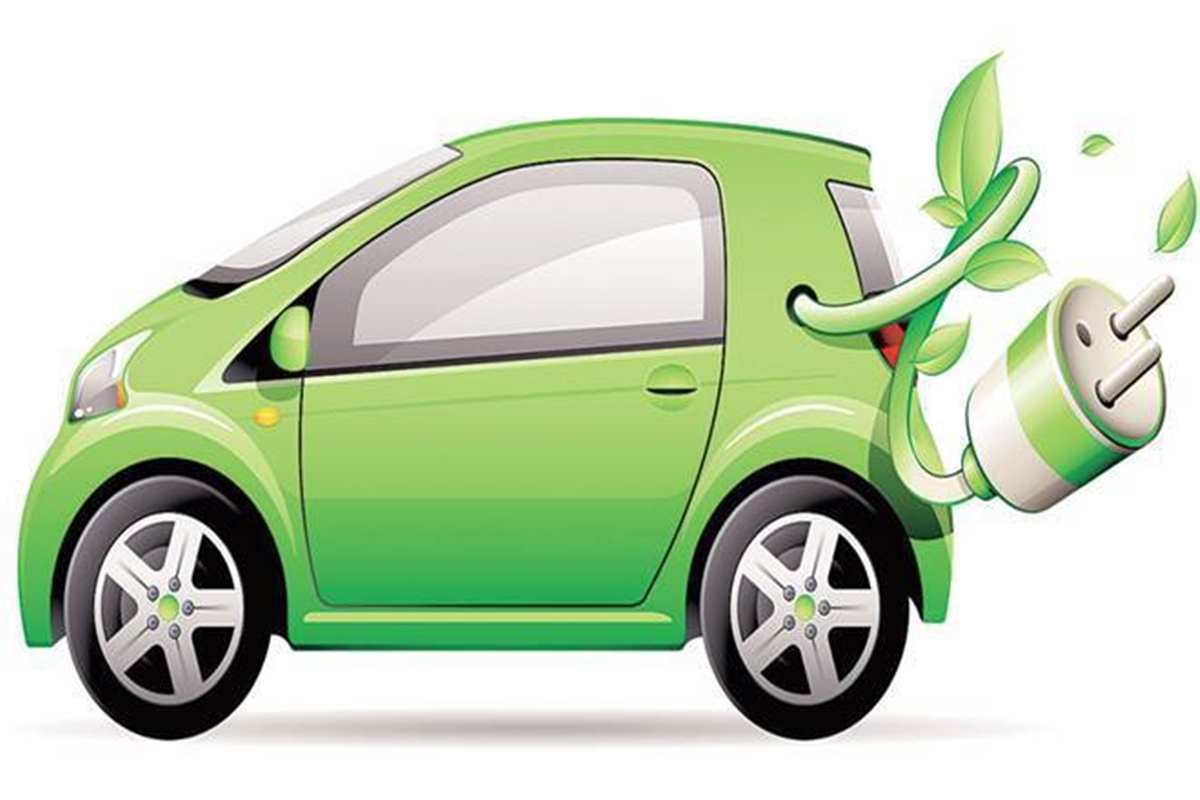Visitors have accessed this post 326 times.
Electric Vehicle Technology
While the classic battery electric car continues to make only a small impact on the automobile market, other types of electric vehicle, especially hybrids, have made significant and promising improvements. Moreover, small battery electric vehicles such as bicycles and mobility aids are also developing well. Presenting more than 160 diagrams and pictures, this book explains the science and technology behind these important developments, and also introduces the issues that underpin the design and performance modelling of electric vehicles. Electric Vehicle Technology Explained: Encompasses a full range of electric vehicles: bicycles, mobility aids, delivery vehicles and buses – not just cars. Covers all the basic technology relating to electric road vehicles – batteries, super capacitors, flywheels, fuel cells, electric motors and their controllers, and system design. Considers the environmental benefits and disadvantages of electric vehicles and their component devices. Includes case studies of a range of batteries, hybrids and fuel cell powered vehicles, from bicycles to buses. Offers many MATLABR examples explaining the design of appropriate computer prediction models.Professionals, researchers and engineers in the electric vehicle industry as well as advanced students in electrical and mechanical engineering will benefit from this comprehensive coverage of electric vehicle technology.
HYBRID VEHICLES
Adding an additional source of power such as an engine generator unit, or even a supply
rail, is a simple way to extend the range of rechargeable battery powered vehicles. However,
this is not at the moment the way in which electric vehicle development is moving.
The trend among manufacturers is to develop vehicles in which the engine and motor are
used in conjunction to optimize the vehicle fuel economy. Two examples are the Honda
Insight and the Toyota Prius, which have really made an impact on the world of car
design, and brought electric cars that people can easily use on to the market. These, and a
steadily increasing number of alternatives from almost all the major motor manufacturers,
can be purchased now at very reasonable prices.
The range of rechargeable battery vehicles is normally limited to below 150 km and at
best 200 km. The use of batteries such as the Zebra battery or lithium chloride batteries
could increase range further by 30%. Clearly, for a very much greater range a new
generation of batteries is required.
Although the major manufacturers are losing interest in battery vehicles, the new low
speed vehicles and electric bikes are making headway, as is the market for vehicles for
the elderly and infirm, and it is in this area where future development is likely to take
place.
